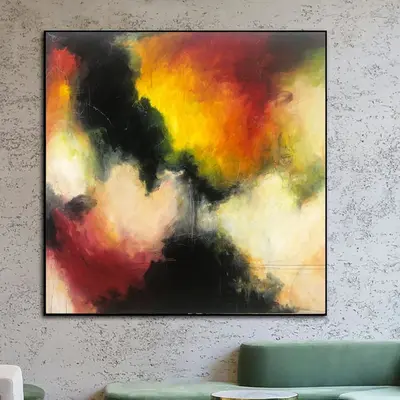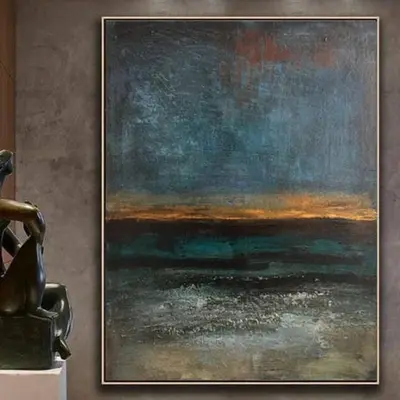Many of Puerto Rico’s – and the world’s – most important salsa artists have been laid to rest in San Juan’s ‘Pantheon of Salsa’, officially called Cementerio de Villa Palmeras or Cemetery of Villa Palmeras. On this walking tour through the cemetery, you’ll explore salsa’s heritage, learn its rich history, and pay your respects at the burial sites of some of the musicians, dancers, singers, and songwriters behind this world-renowned musical genre. The tour starts at the entrance of the cemetery, one of the most sacred spaces for Puerto Rican Salsa enthusiasts. You’ll visit Rafael Cortijo’s tomb, the final resting place of perhaps the most influential salsa musician in Puerto Rico, and hear about how thousands of people accompanied his casket on the day of his funeral. As you travel down Cemetery Street, you’ll learn about the colorful history of Salsa and how it traces its roots to Afro-Caribbean influences. Along the way, you’ll have a chance to: • See the mausoleum of Ismael Rivera, the most important salsa singer, dancer, and creator extraordinaire in history, and hear about his origins as a bricklayer • Find out how Don Rafael Cepeda fought to preserve the legacy of salsa and how he was seen as the art form’s patriarch • Discover the tombs of Master percussionists like Angel “Cachete” Maldonado, singers like Pedro “Pellín” Rodriguez, band leader Tommy Olivencia, and many more • Grasp Salsa’s significance as an art form of resistance • Understand the key characteristics of the Puerto Rican Salsa movement with its Bomba and Plena musical influences • Connect the dots between salsa and its relationship with race, marginalization, religion, and political persecution By the end of this tour, you’ll know all about the cemetery’s origins as a graveyard for white Europeans, and how it transformed into the Pantheon of Salsa. You'll have a deeper appreciation for all things salsa and the people who shaped it. Salsa is a popular and well-studied musical genre worldwide and we would like to thank the many sources and references that helped us to research this tour, including the historians from La Sociedad Histórica de Villa Palmeras and the Cepeda Family. Part of your contribution will help this project with the maintenance and upkeep of the tombs, green areas, flags, and flowers.
Salsa’s Musical Pantheon: A Guide to San Juan’s Monument to Rhythm







